Keep up to date on current trends and technologies
Python

How to Deploy Flask Applications on Vultr
Vultr

Best Programming Language for AI
Lucero del Alba

Managing Static Files in Django: A Comprehensive Guide
Kabaki Antony

JavaScript vs Python: Which One Should You Learn First?
Olivia GibsonDarren Jones

Understanding Signals in Django
Kabaki Antony

Harnessing the Power of Zenserp for Advanced Search Engine Parsing
Christopher Collins
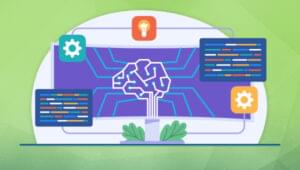
Build Your Own AI Tools in Python Using the OpenAI API
Zain Zaidi

How to Analyze Large Text Datasets with LangChain and Python
Matt Nikonorov

How to Perform User Authentication with Flask-Login
Yemi Ojedapo

Monitoring Your Python App with AppSignal
Connor James

A Comprehensive Guide to Django Caching
Khumbo Klein Chilamwa

A Complete Guide to LangChain in Python
Matt Nikonorov

Node.js vs Django: Which is Better for Web Development in 2024?
Dianne Pena

An Introduction to LangChain: AI-Powered Language Modeling
Dianne Pena
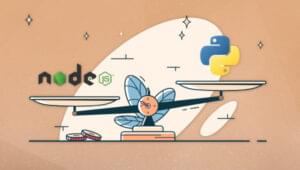
Which Backend Technology to Choose in 2024: Node vs Python?
Dianne Pena

How to Perform Data Analysis in Python Using the OpenAI API
Matt Nikonorov

Understanding Modules and Packages in Python
Kabaki Antony

Data Preprocessing: Exploring the Keys to Data Preparation
Rehman Ahmad Chaudhary

Fetching Data from an HTTP API with Python
Stuart Langridge

Quick Tip: Sending Email via Gmail with Python
Stuart Langridge

Quick Tip: Controlling macOS with Python
Stuart Langridge

Python String Methods, with Examples
Ini Arthur

Quick Tip: Controlling Windows with Python
Stuart Langridge

Understanding URL Routing in Flask
Kabaki Antony

Working With CSV Files Using Python, with Examples
Ini Arthur
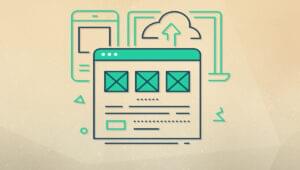
A Deep Dive into Flask Templates
Kabaki Antony

Getting Started with Flask, a Python Microframework
Kabaki Antony
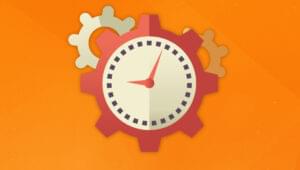
Understanding Python Date and Time, with Examples
Ini Arthur
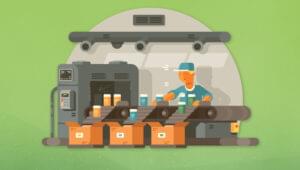
10 Best Sorting Algorithms Explained
Lucero del Alba

Working with JSON Files in Python, with Examples
Ini Arthur
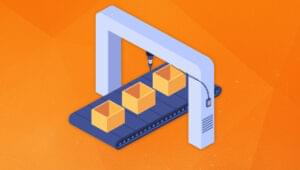
A Guide to Python Exception Handling
Ini Arthur

Top 22 Python Books for Beginners and Advanced Coders
Lucero del Alba
Showing 32 of 75